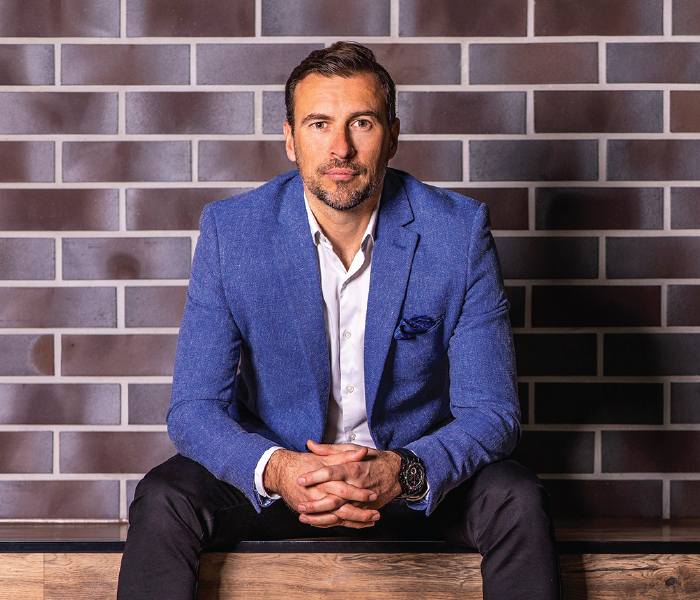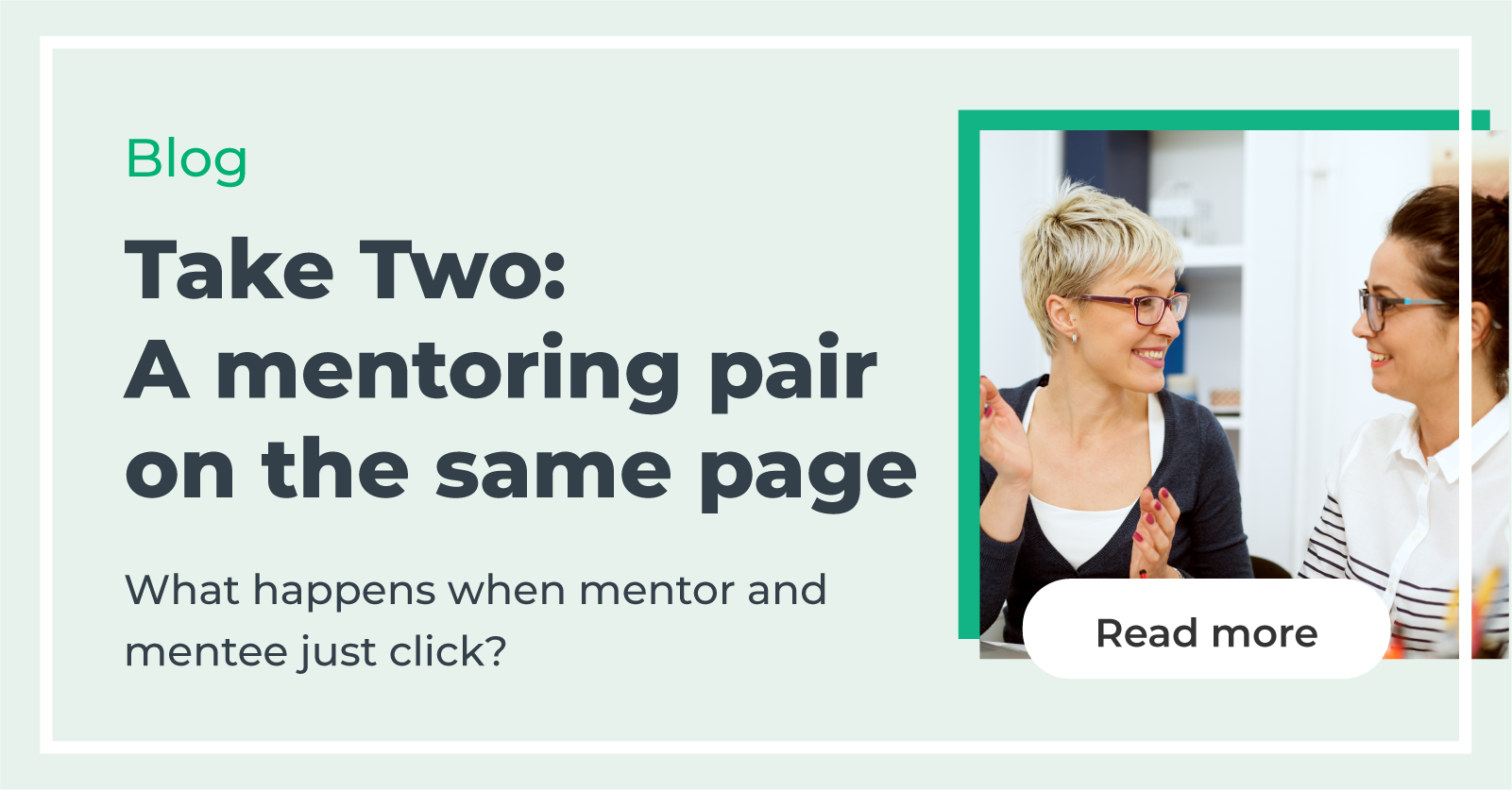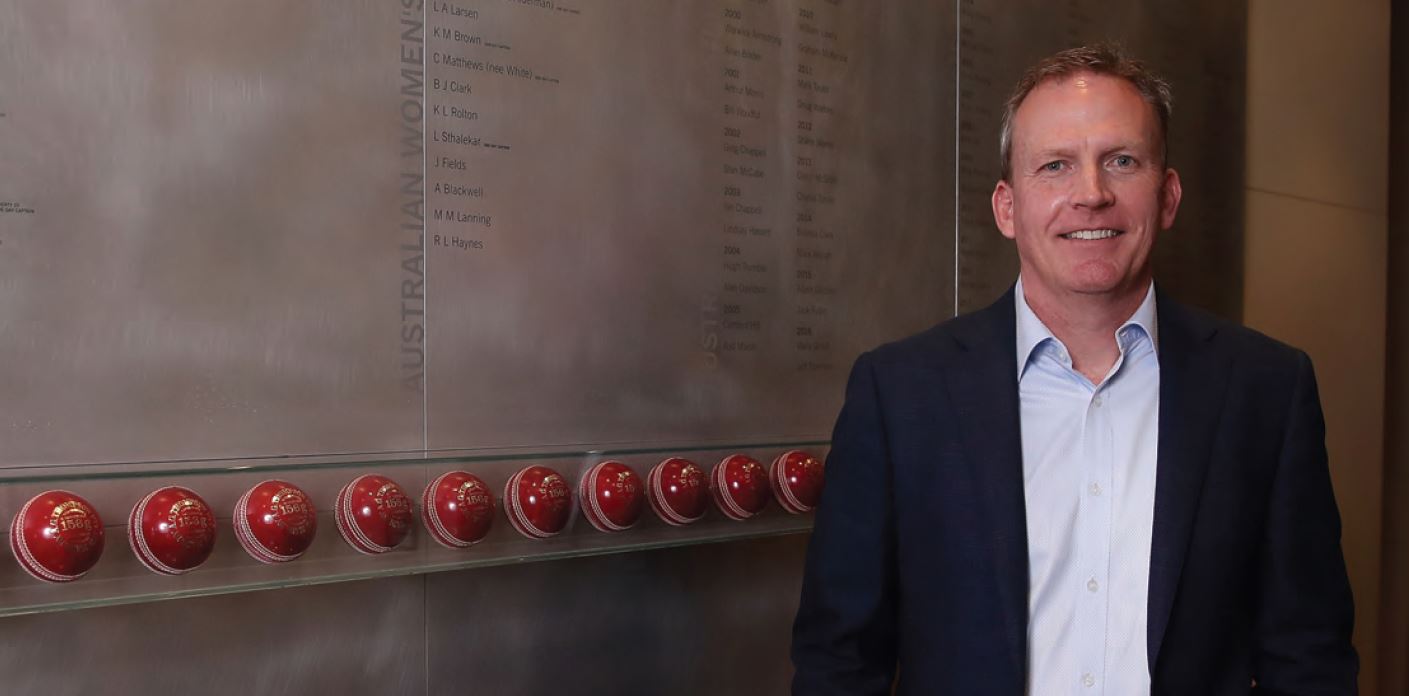By Anthony O’Brien
For many sports fans and members of the media, 24 March 2018 is a day that will forever live in infamy for Australian cricket.
To recap, Australia was playing a crucial test in Cape Town, South Africa, and the locals were on top. To try and stem the flow of runs, David Warner and Cameron Bancroft hatched a plan to use sandpaper on the red ball to help it swing. Simply put, a swinging cricket ball is harder to hit or can increase the chances of getting unwary batsmen out. The bottom line, whether you take sandpaper, dirt, or Brylcreem to a ball, is that it’s a form of cheating. In other words, it’s just not cricket.
After a couple of false starts, the game’s peak body Cricket Australia (CA) accepted the behaviour of Warner, Bancroft, and skipper Steve Smith, who appeared to condone the ball-tampering by his inaction, was unacceptable. The trio were given lengthy suspensions. Cricket Australia Chairman, David Peever said at the time, “The CA Board understands and shares the anger of fans and the broader Australian community about these events.”
CA CEO and former professional cricketer, Kevin Roberts, admits the national game found itself in this parlous predicament because, “cricket’s part of the fabric of our culture”. Roberts took over as the boss of Australian cricket in October 2018.
To provide some perspective about how important the red ball game is for Australians, Roberts compares the national cricket team, which is famous for its Baggy Green cricket cap, to the mighty All Blacks of New Zealand. “From a cultural perspective, cricket is a national sport just as rugby is New Zealand’s national sport.”
Before working in cricket full time, Roberts had about 20 years in sports sponsorship working with the likes of Adidas and Kiwi sportswear giant Canterbury. He continues, “When people see an example of the spirit of cricket not necessarily being demonstrated in the national sport that’s part of our nation’s culture, it becomes a big issue.”
The long and challenging journey that CA has travelled in the past two years offers a fascinating case study in organisational culture for leaders in all industries.
CRICKET AUSTRALIA’S RESPONSE TO CAPE TOWN
In April 2018, CA commissioned the Ethics Centre to conduct an independent review into cultural, organisational and governance issues in cricket following the Cape Town ball-tampering scandal. The evaluation aimed to establish a charter setting out standards for improved player behaviour and expectations of the Australian men’s national side.
The review featured a panel of past and present players including national test captains Tim Paine and Rachael Haynes, who was deputising for the legendary Meg Lanning. Others on the panel included former internationals Shane Watson and George Bailey, the world’s best fast bowler Pat Cummins and men’s team coach, Justin Langer. Also an Ethics Centre survey garnered responses from 450 CA executives and employees, current and former players, state and territory association staff, and representatives from sponsor and media organisations.
Running parallel to this process was an examination of team conduct contributing to the events in South Africa. There has been a perception among some sections of the community that the Baggy Greens were arrogant. However, the bubble created by regular test and cup wins tended to paper over the cracks.
Despite the community cynicism, CA has responded decisively to the Cape Town fiasco, which is a credit to the leadership of Roberts, who joined the CA Board in 2012 before switching to executive roles from 2015. Unenviably, Roberts was in the CEO’s chair when the Ethics Centre released its 145-page report outlining 42 recommendations for CA’s consideration. Roberts recalled, “By the time I came into the CEO role, it was time to release the findings, and more importantly to get cracking on its implementation.”
While there was a mixed response to the report’s release, what struck Roberts was, “how isolated incidents had affected people who were on the receiving end of it”. For instance, the report asserts, “We have (also) been told of groundsmen (who) have been required to prepare practice pitches – spending time and effort only to see an elite bowler send down only seven deliveries before reaching the mandated ‘quota’ – and therefore stopping.
“This kind of behaviour speaks of gross disrespect to those who are not natives of the ‘gilded bubble’.”
While that might be an isolated incident, Roberts determined to consider how people were affected, either positively or negatively, through their interactions with cricket. As a result, the new CEO and his team released a cultural change program focused across three categories – people, high performance, and leadership.
HARVARD CONTRIBUTES TO CRICKET LEADERSHIP
CA launched a leadership program in 2019, which is a tailored version of a world-leading program from Harvard University, explains Roberts. Around 40 executives, senior managers, Paine and limited-overs skipper Aaron Finch, as well as coaches took the program, and are now collaborating on developing CA’s leadership culture. “We’re on that journey together, which is fantastic,” Roberts said.
Additionally, CA established the Australian Cricket Leadership Team in late 2018. This group includes the CEOs of each of the state and territory cricket associations. “This team acknowledges that cricket operates through a federal structure as opposed to a corporate hierarchy, and it was about spreading the leadership through that broader cricket ecosystem.”
Since Cape Town there has been a significant turnover of CA’s executive team, including the notable resignation of long-term CEO James Sutherland. Former Hyundai executive Scott Grant joined the peak body as COO. Like Roberts, the new operations supremo is no cricket blowin, and moonlights as the president of Bankstown Cricket Club, where the famous Waugh twins played. Roberts, who also scored runs for Bankstown, said, “We’ve got Drew Ginn, the former member of the Oarsome Foursome [Olympic Games winning] rowing team. He’s working with the states and territories to develop the next generation of talent.” Also, Ben Oliver, who was working for the Western Australian Cricket Association, is now responsible for the national teams. “So, there’s been some development among our leaders themselves as well,” Roberts adds.
PITCHING THE MEDIA TENT
CA has put 100 managers through a cultural change program. “We’ve also identified the need to improve the nature of communication inside and outside the organisation,” Roberts said. This project includes establishing a new internal communications platform aimed at creating closer links throughout the organisation. CA has also implemented new forums for all staff to ask questions or raise issues directly with management, in a safe environment.
Additionally, Roberts and his team have improved communication with relevant stakeholders, such as the media. To this end, CA has increased media training for its leadership and players. “We are making an extra effort to bring the media into the tent and to be open with them,” said Roberts. “The cricket media are great storytellers in the game, and so we must embrace their role.”
HIGH PERFORMANCE: THE PLAYERS ARE DOING THEIR BIT
Under the affable men’s test captain Paine and the approachable limited-overs men’s skipper Finch, Australian cricket teams have made decent strides in reconnecting with the public. Paine for example, has introduced a pre-game handshake between the Australians and their opponents, which seems to have gone down well with the cricketing community. “The men worked together with the Australian women’s team on a players pact. Put simply, they aspired to make Australians proud in everything that they do as players,” explained Roberts. “We worked with the players to define what we stand for and agreed our goal will always be to win because it’s a professional sport.
 “But our non-negotiable expectation is to compete with respect. It’s not just about winning – it’s also about how we go about it.” That said, the test team’s magnificent retention of the Ashes for the first time in England since 2001 is a significant fillip for the game in Australia. Particularly given it followed just a few weeks after the Australian women’s team secured an outstanding Ashes series win on English soil too.
“But our non-negotiable expectation is to compete with respect. It’s not just about winning – it’s also about how we go about it.” That said, the test team’s magnificent retention of the Ashes for the first time in England since 2001 is a significant fillip for the game in Australia. Particularly given it followed just a few weeks after the Australian women’s team secured an outstanding Ashes series win on English soil too.
The proof is in the pudding for the image of Australian cricket, with the men’s cricket team not earning a single code of conduct charge in the 2018–19 season. This result was a first clean sheet in eight years for the prickly Baggy Greens, who have been notorious for aggressive sledging of their opponents. At the same time, Roberts points to the redemptive journey ‘best-since Bradman’ Steve Smith has undertaken since Cape Town. The former skipper visited many schools around Australia during his enforced absence from the Australian cricket team. “Steve Smith had a profound positive impact on several school children by having the courage to open up and talk about his experience as a leader during and beyond the Cape Town situation,” offered Roberts. “So that’s where the players are fantastic, in opening their hearts, telling their stories and I guess embracing the vulnerabilities. That’s what is connecting with the public.”
However, deep wounds will always take time to fully heal. A recent Roy Morgan poll indicated that the Australian public’s distrust in cricket is higher than any other sport. Although a level of distrust continues, there is some good news. Women’s cricket continues to provide a boost to the overall image of the sport with higher trust than distrust, according to Roy Morgan. Roberts comments, “We want cricket to be a sport for everyone, not a sport for some. That means embracing gender diversity, embracing cultural diversity and all other forms of diversity.” To celebrate diversity, CA is aiming to set a world record at the T-20 Women’s World Cup final on 8 March 2020 for attendance at a women’s sporting event. The final will be held at the mighty MCG, which seats around 100,000 and will take place during International Women’s Day.
ROBERTS THE BUSINESS SKIPPER
As a leader, the humble former NSW batsman Roberts says, “It’s more for others to have a view on my leadership style, but… I seek to be people-focused and to develop deep relationships with stakeholders.”
Roberts admits to presenting a straight bat when faced with difficult decisions. “I make the hard decisions required of a leader. While I try to do so in a way that shows respect for people, I must accept that people won’t always feel good about the decisions or the way I managed them. I’d like to think I demonstrate courage in leading from the front when we face issues so that our people can get on with making a difference.”
This article originally appeared in the December 2019 print edition of Leadership Matters, IML ANZ’s exclusive Member’s magazine. For editorial suggestions and enquiries, please contact karyl.estrella@managersandleaders.com.au.



 Kooyela believes that the challenge isn’t exclusive to leadership and management in the industry – there simply isn’t a solid pipeline of young women entering the workforce in this field.
Kooyela believes that the challenge isn’t exclusive to leadership and management in the industry – there simply isn’t a solid pipeline of young women entering the workforce in this field.




 “But our non-negotiable expectation is to compete with respect. It’s not just about winning – it’s also about how we go about it.” That said, the test team’s magnificent retention of the Ashes for the first time in England since 2001 is a significant fillip for the game in Australia. Particularly given it followed just a few weeks after the Australian women’s team secured an outstanding Ashes series win on English soil too.
“But our non-negotiable expectation is to compete with respect. It’s not just about winning – it’s also about how we go about it.” That said, the test team’s magnificent retention of the Ashes for the first time in England since 2001 is a significant fillip for the game in Australia. Particularly given it followed just a few weeks after the Australian women’s team secured an outstanding Ashes series win on English soil too.


 Jillian Cable CMgr FIML
Jillian Cable CMgr FIML Carol Sutton CMgr FIML
Carol Sutton CMgr FIML Michael Coe CMgr FIML
Michael Coe CMgr FIML